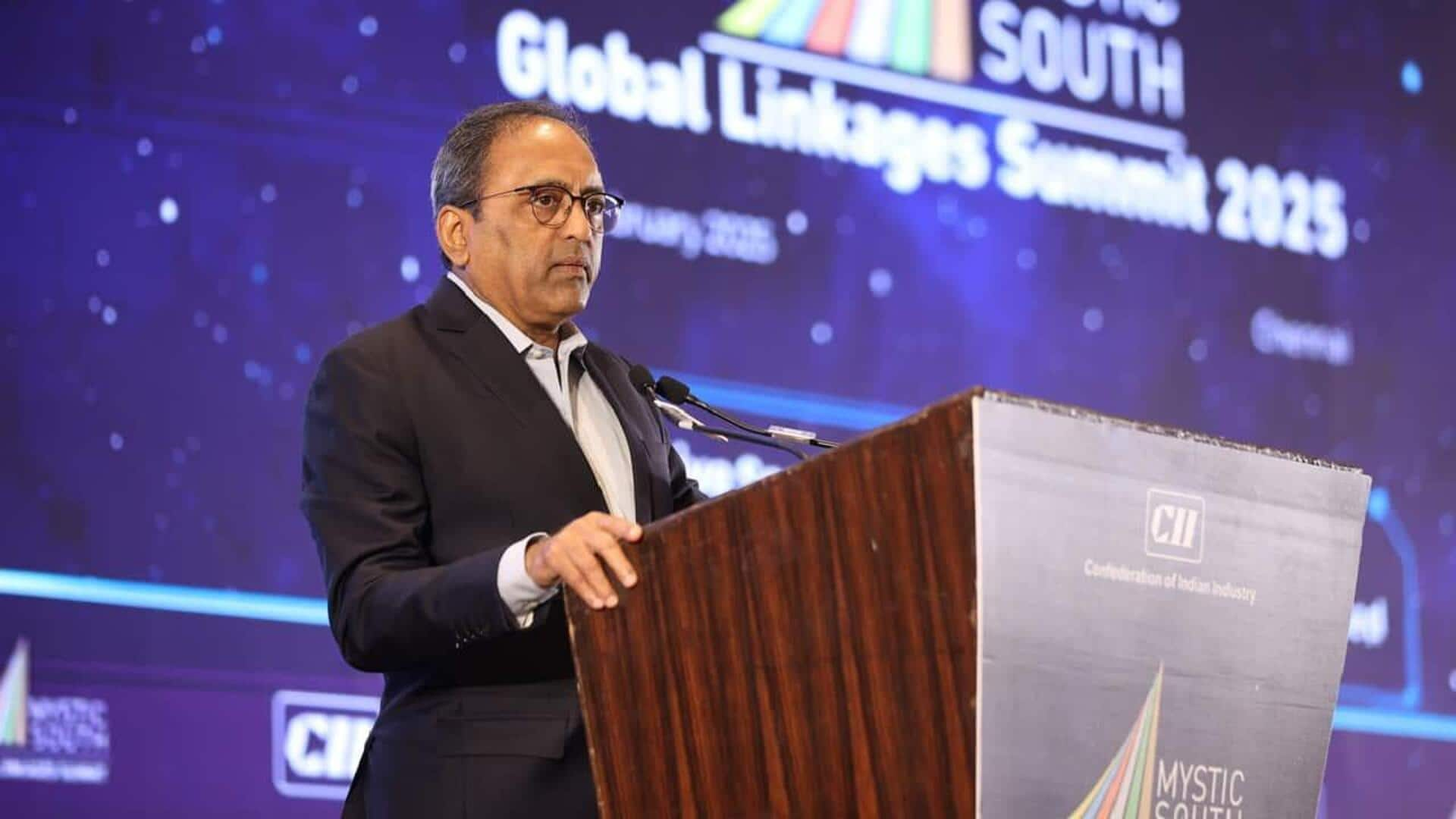
L&T chairman blames MGNREGA, Jan Dhan schemes for labor shortage
What's the story
Larsen & Toubro (L&T), India's top engineering firm, is facing a labor shortage and an attrition rate that has quadrupled.
The firm's Chairman and Managing Director, SN Subrahmanyan, revealed the same at the CII Mystic South Global Linkages Summit in Chennai.
He blamed the problem on several welfare schemes which have unintentionally dissuaded workers from looking for jobs outside their hometowns.
Industry impact
Construction industry hit by labor shortage
Subrahmanyan stressed on the importance of construction in nation-building, and said the industry was suffering due to unavailability of workforce.
He said while migration is a global problem, India is dealing with a peculiar situation where many laborers are unwilling to move for work.
This unwillingness has resulted in problems in mobilizing labor for several projects across the country.
Mobilization hurdles
L&T's labor mobilization and attrition challenges
Subrahmanyan revealed that L&T requires about four lakh workers every year, but owing to high attrition, ends up employing 16 lakh people.
The company has had to change its labor mobilization methods to tackle this challenge.
For example, when it needs carpenters for a new site, L&T now sends messages to its existing or past carpenters who then decide if they want the job.
Policy effects
Government initiatives impact labor market
The L&T chief hinted that government measures like direct benefit transfers under Garib Kalyan Yojana and employment via MGNREGA, could have diminished the incentive for workers to look for jobs away from their hometowns.
He said, "For employing four lakh laborers, we employed 1.6 million laborers."
This underscores the magnitude of the problem for companies like L&T in mobilizing enough workforce for their projects.
Workforce trends
Reluctance to relocate among engineering graduates
Subrahmanyan also noticed a similar trend among engineering graduates, especially in sectors such as information technology.
He said these people are showing reluctance to move for work. This is different from the past when employees were expected to move according to their company's needs.
The change in attitude has posed challenges for businesses trying to understand and adapt to the changing preferences of today's workforce.